Morocco’s Atlas Mountains stretch across the country like a massive spine, dividing the coastal plains from the Sahara Desert. These ancient peaks have watched over Berber villages, caravan routes, and countless travelers for millennia. The range offers everything from snow-capped summits to lush valleys, traditional markets to pristine lakes.
Whether you’re planning a multi-day trek or just want to escape the heat of Marrakech for a day, the Atlas Mountains deliver experiences you won’t find anywhere else. Here are 16 must-see spots that showcase the very best this remarkable mountain range has to offer.
Jebel Toubkal
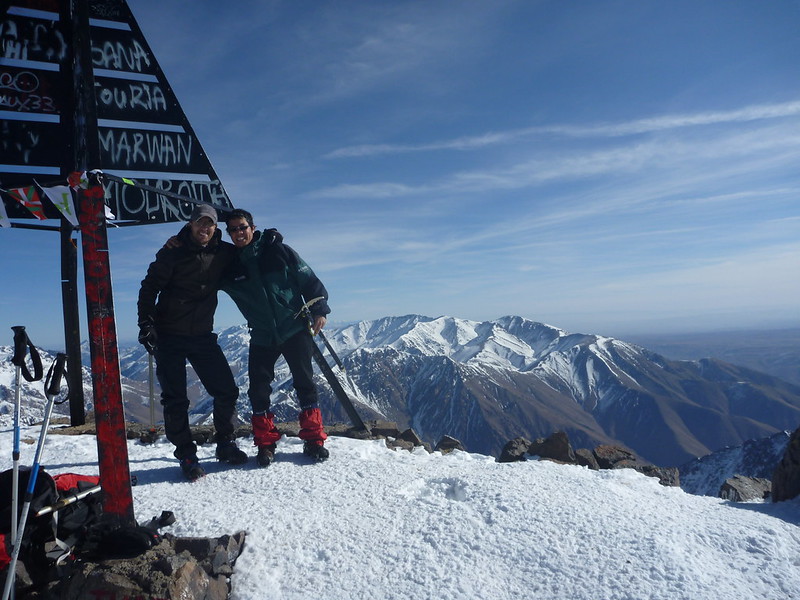
Standing at 13,671 feet, Jebel Toubkal claims the title of North Africa’s highest peak. The mountain attracts climbers from around the world, though you don’t need technical skills to reach the summit. The standard route takes most people two days, with an overnight stay at the Toubkal Refuge. From the top, you can see clearly across to the Sahara on one side and the Atlantic coast on the other.
Imlil Valley
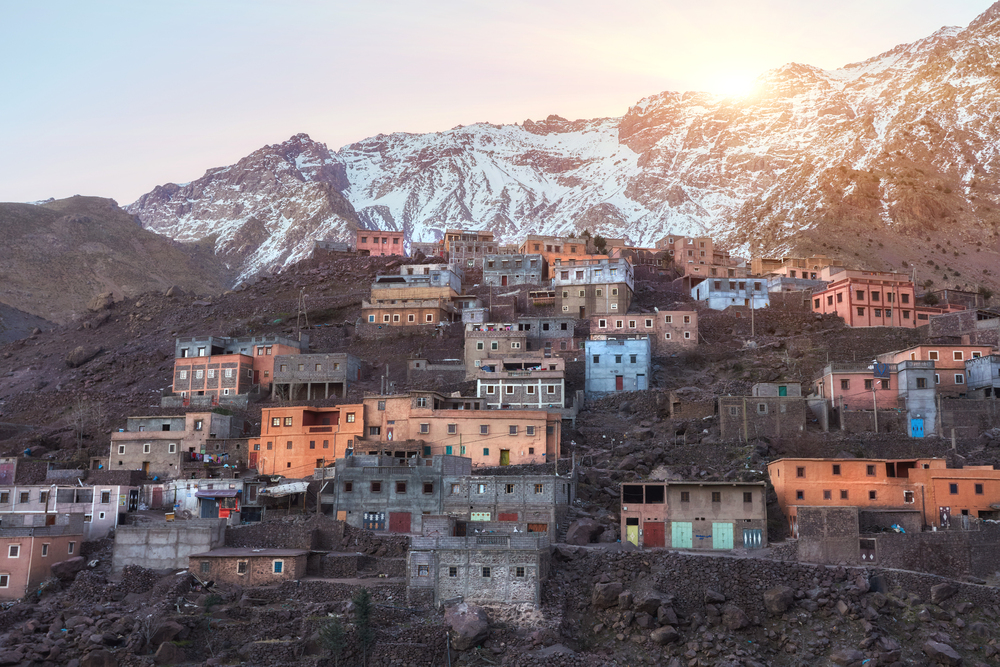
This charming valley serves as the gateway to Toubkal and feels like stepping into a postcard. Traditional Berber villages dot the terraced hillsides, connected by ancient mule paths and irrigation channels. The valley’s elevation keeps things cool even in summer, making it perfect for gentle walks through walnut groves and apple orchards. Local guides here know every trail and story the mountains have to tell.
Ait Ben Haddou

This UNESCO World Heritage Site looks exactly like what you’d imagine a medieval fortress city should look like. The earthen buildings rise from the desert floor in layers, their red clay walls blending seamlessly with the landscape. Hollywood has used this location for dozens of films, from ‘Lawrence of Arabia’ to ‘Game of Thrones’. You can still climb to the top of the kasbah for views that stretch across the entire valley.
Ouarzazate
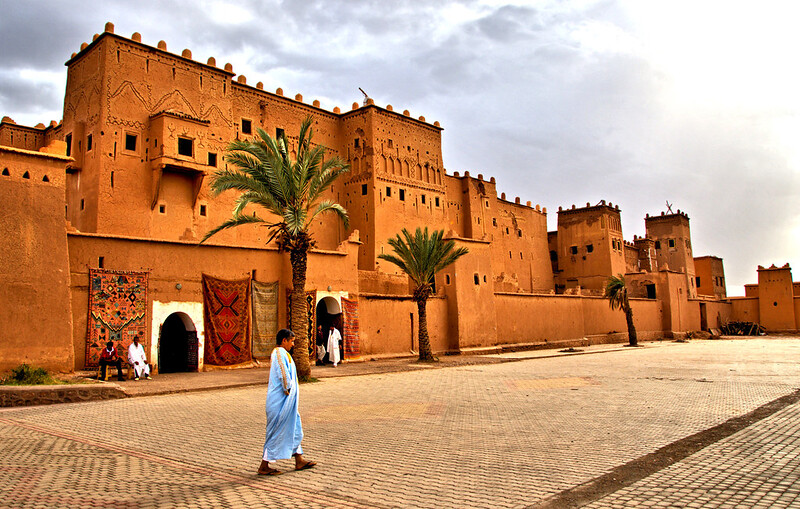
Known as the ‘Gateway to the Sahara’, Ouarzazate sits at the crossroads of ancient trade routes. The town’s massive film studios have earned it the nickname ‘Africa’s Hollywood’, but the real attraction is the surrounding landscape. The nearby Draa Valley stretches for miles, dotted with palm groves and ancient kasbahs. It’s the perfect place to stock up on supplies before heading deeper into the mountains.
Skoura Oasis
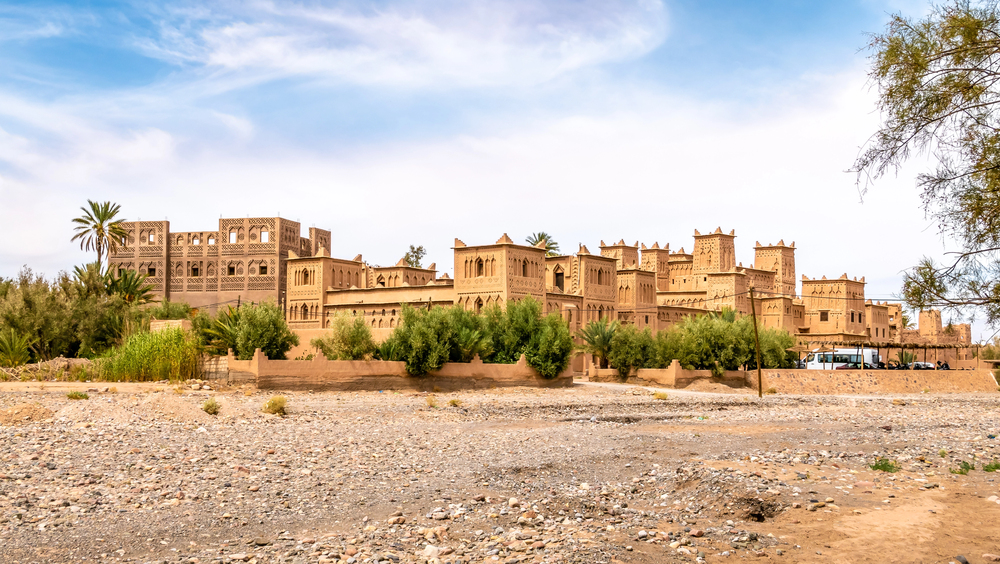
This lush oasis appears like a mirage after miles of arid landscape. Ancient palm groves create a canopy over traditional irrigation channels, while roses grown here supply perfume makers worldwide. The Amridil Kasbah sits at the oasis’s heart, its towers and walls still intact after centuries. Walking through the palm groves feels like discovering a secret garden in the middle of nowhere.
Dades Valley
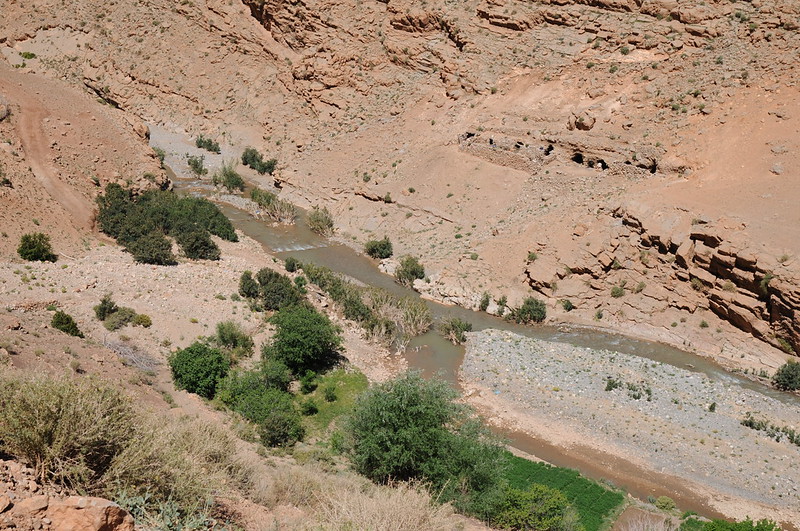
The Dades Valley earns its nickname ‘Valley of a Thousand Kasbahs’ honestly. Ancient fortified villages perch on clifftops and valley floors, many still inhabited by Berber families. The valley’s most famous stretch features dramatic rock formations that twist and turn like frozen rivers. Local nomads still move their flocks through here seasonally, following routes their ancestors used for generations.
Todra Gorge
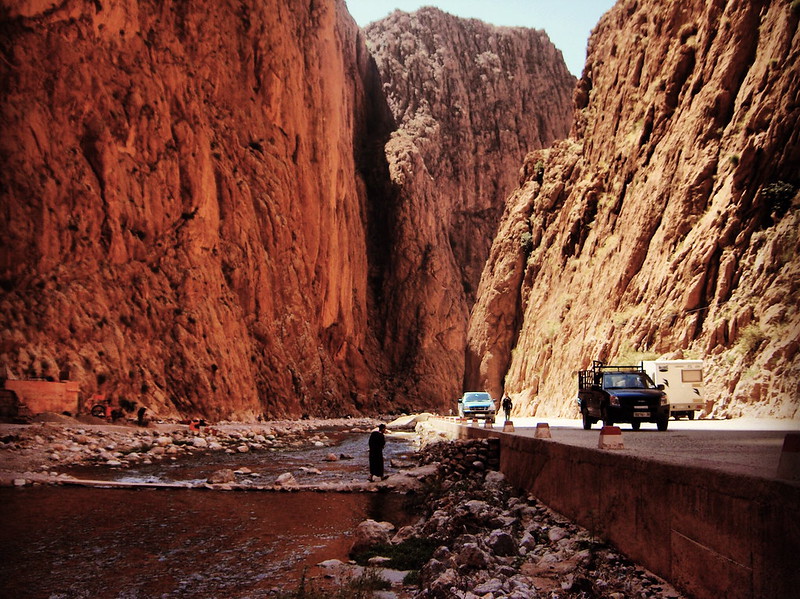
These towering limestone cliffs create one of Morocco’s most spectacular natural formations. The gorge narrows to just 30 feet wide in places, with walls rising 500 feet straight up. Rock climbers come here for some of the best routes in North Africa, while casual visitors can walk the gorge floor and feel dwarfed by the sheer scale. The contrast between the red rock and blue sky above creates photo opportunities at every turn.
Erg Chebbi Dunes
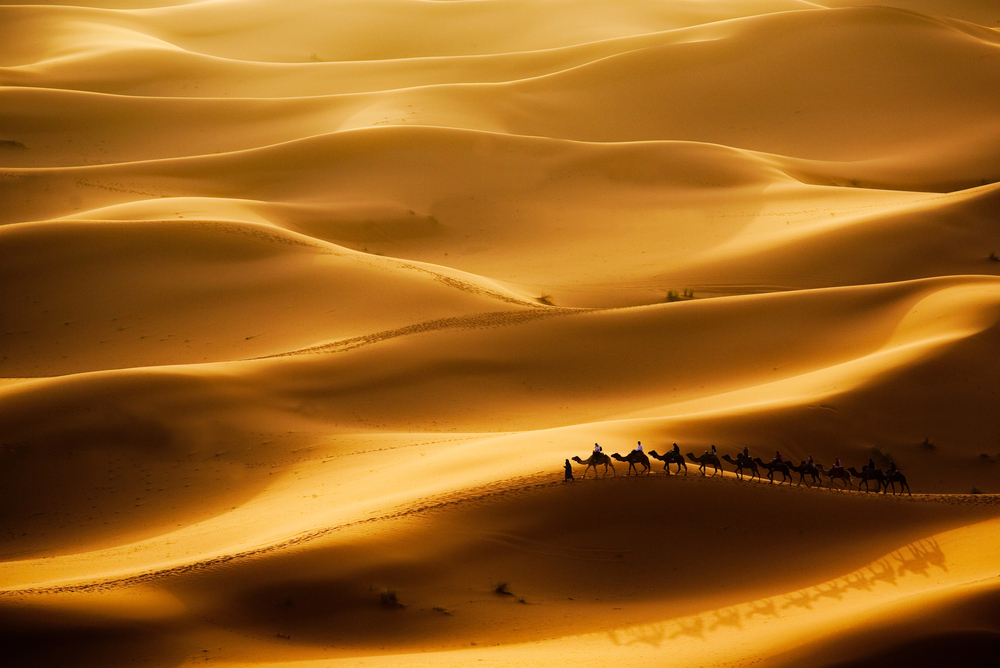
While technically beyond the Atlas Mountains, these massive sand dunes represent the transition from mountain to desert. The dunes shift constantly, reaching heights of 500 feet and stretching for miles. Camel treks here offer the classic desert experience, complete with overnight camps under star-filled skies. The dunes change color throughout the day, from pale gold at dawn to deep orange at sunset.
Chefchaouen
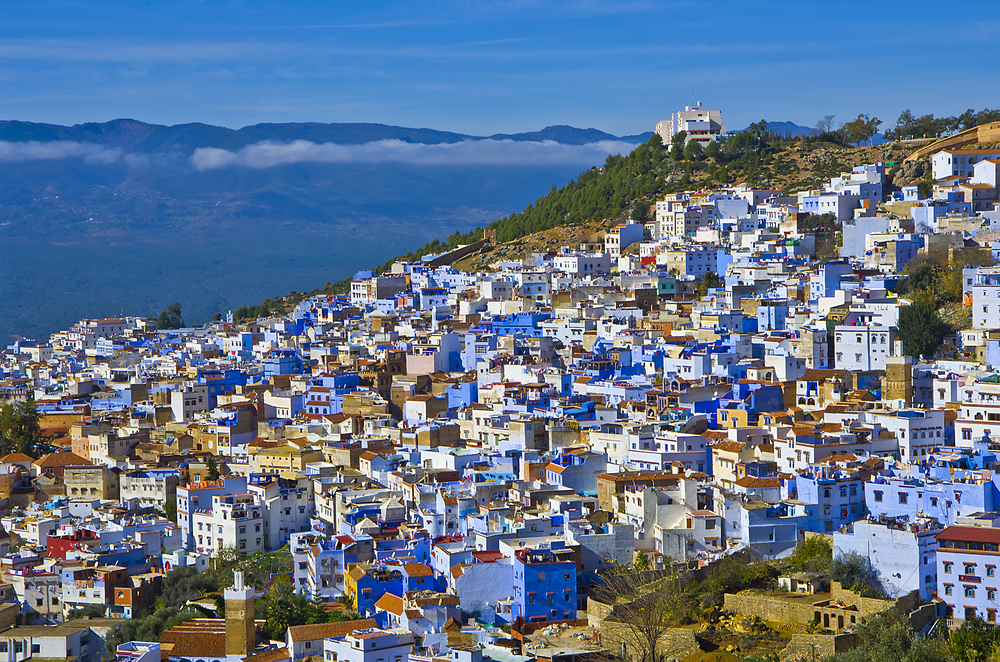
This blue-painted city nestled in the Rif Mountains offers a completely different mountain experience. Every building, doorway, and staircase glows in shades of blue, creating an otherworldly atmosphere. The tradition supposedly started with Jewish refugees who associated blue with the sky and heaven. Today, the city attracts photographers and artists drawn to its unique aesthetic and laid-back mountain vibe.
Ifrane
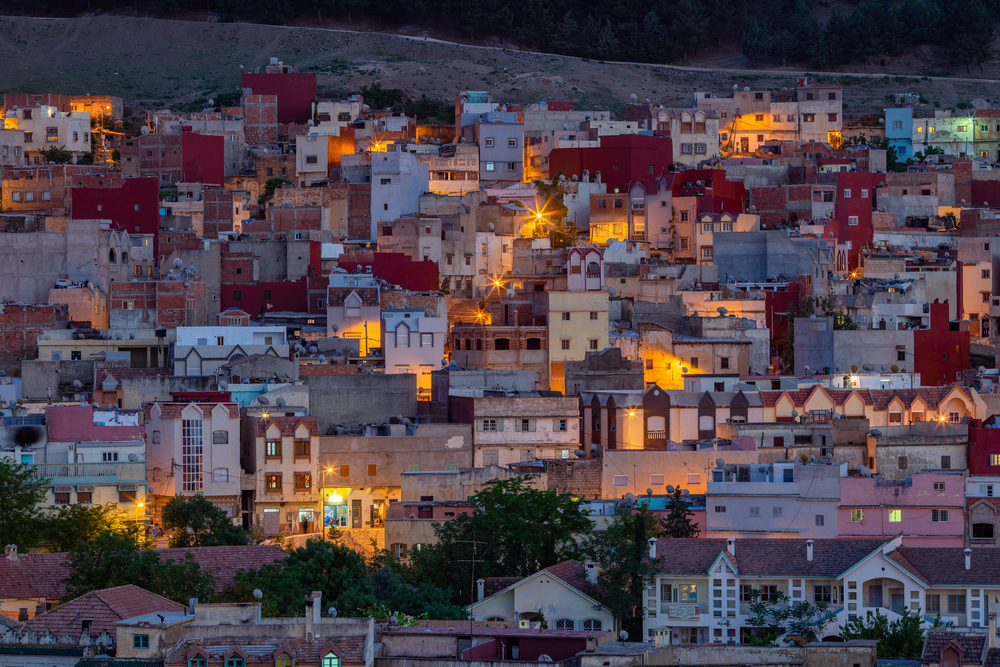
Often called ‘Little Switzerland’, Ifrane surprises visitors with its European-style architecture and cool climate. The town sits at 5,400 feet elevation, where snow falls regularly in winter. Cedar forests surround the area, home to Morocco’s last population of Barbary macaques. The contrast with typical desert imagery of Morocco couldn’t be more stark – this place feels more like an Alpine resort than North Africa.
Azrou Cedar Forest

These ancient cedar trees have stood for over 800 years, creating a forest that feels almost mystical. The trees reach massive proportions, with some trunks measuring 20 feet in diameter. Barbary macaques swing through the branches, often approaching visitors for photos and snacks. The forest provides a completely different ecosystem from the arid landscapes most people associate with Morocco.
Ouzoud Waterfalls
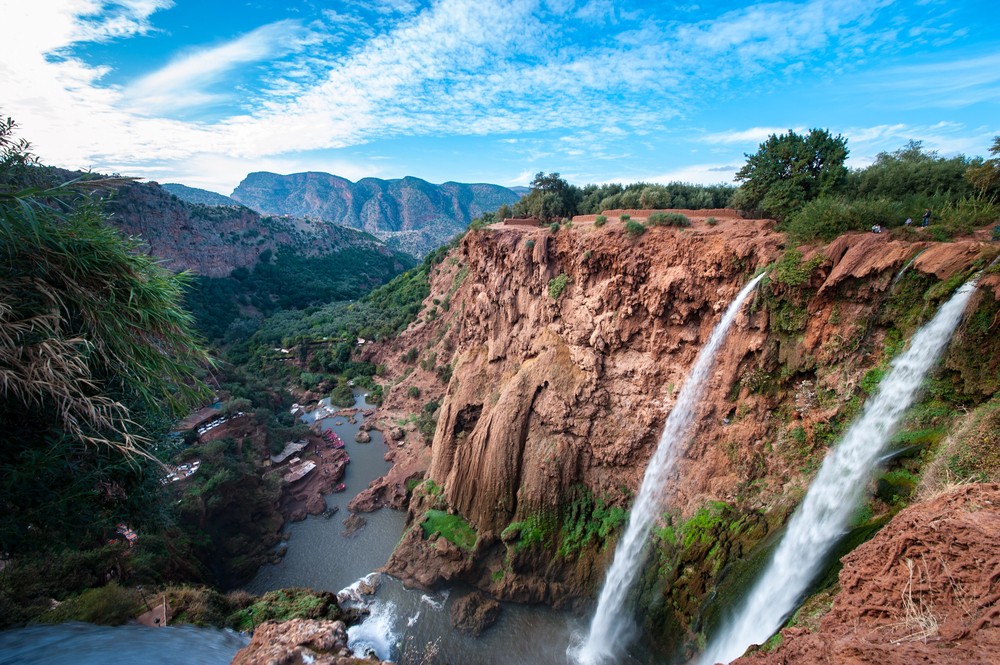
These three-tiered waterfalls plunge 360 feet down red cliffs, creating Morocco’s most impressive cascade. The falls generate enough mist to support olive groves and small farms in the surrounding area. Rainbow trout swim in the pools below, while olive trees and wild mint grow along the banks. The short hike to the bottom reveals caves behind the falls and swimming opportunities in the natural pools.
Bin el Ouidane Lake
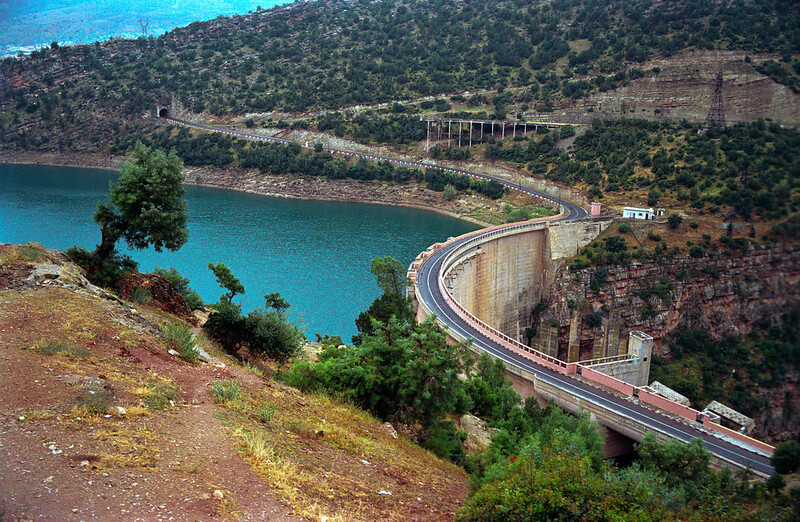
This massive reservoir creates an oasis of blue water surrounded by red mountain peaks. The lake formed when engineers dammed the El Abid River, creating opportunities for fishing, boating, and swimming. Small Berber villages line the shores, their traditional architecture reflected in the still water. The area offers some of the best bass fishing in North Africa, attracting anglers from across Europe.
Tizi n’Test Pass
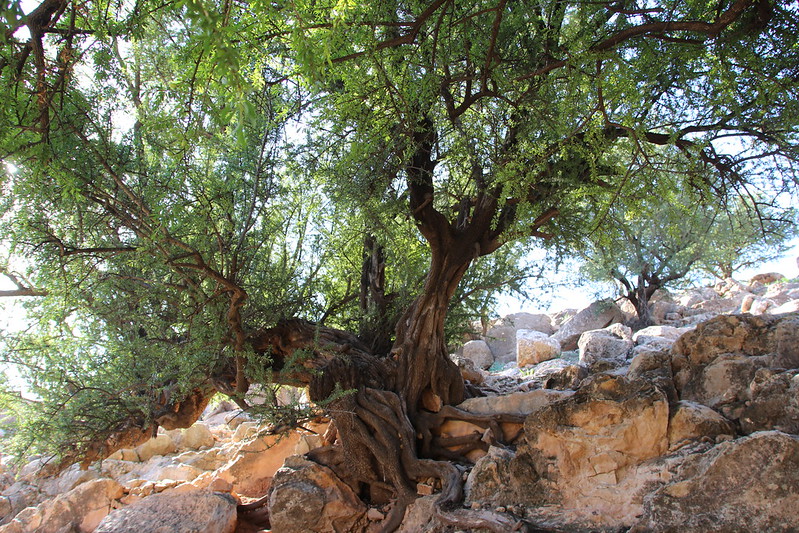
This mountain pass connects Marrakech to the Souss Valley through some of the most dramatic scenery in the Atlas range. The road climbs to over 6,800 feet, offering views that stretch to the Anti-Atlas Mountains. Traditional Berber villages cling to seemingly impossible cliff faces along the route. The pass has served as a trade route for over a thousand years, though modern engineering has made it considerably safer than the old caravan paths.
Ahansal Valley
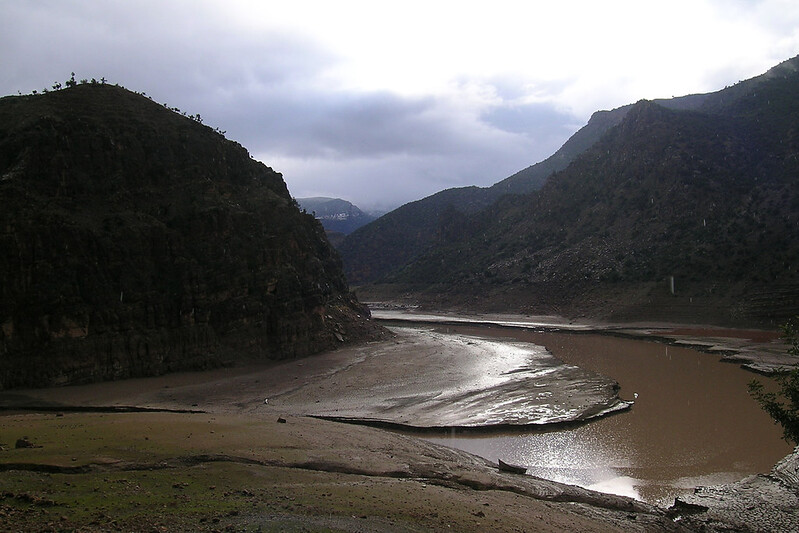
This remote valley remains one of the Atlas Mountains’ best-kept secrets. The valley’s isolation has preserved traditional Berber culture almost unchanged for centuries. Natural rock formations create bridges and arches throughout the area, while clear streams provide water for terraced gardens. The valley requires a multi-day trek to reach, but the effort rewards visitors with landscapes and cultural experiences unavailable anywhere else.
Taghia Gorge
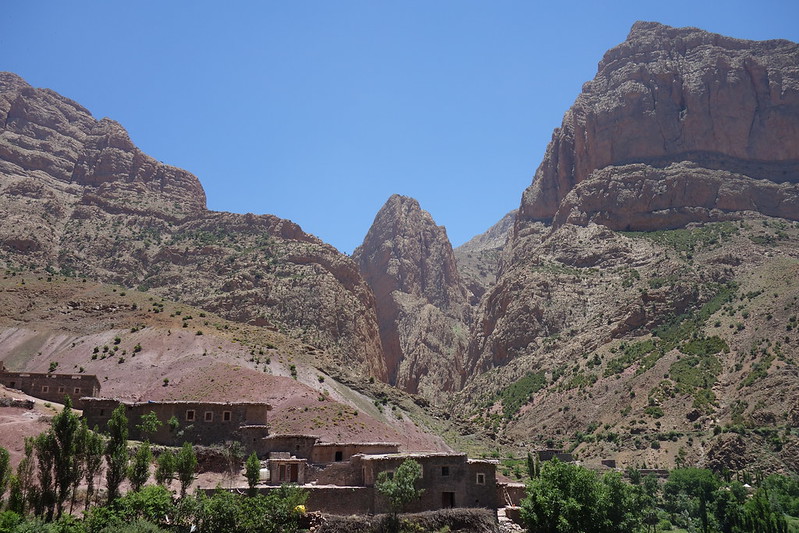
This hidden canyon offers some of the most challenging rock climbing in North Africa. The gorge walls rise nearly 2,000 feet straight up, creating routes that test even experienced climbers. The tiny village of Taghia sits at the canyon’s mouth, where local families have lived for generations. Even non-climbers can appreciate the dramatic scenery and the hospitality of villagers who still live much as their ancestors did.
Where Ancient Paths Meet Modern Adventures
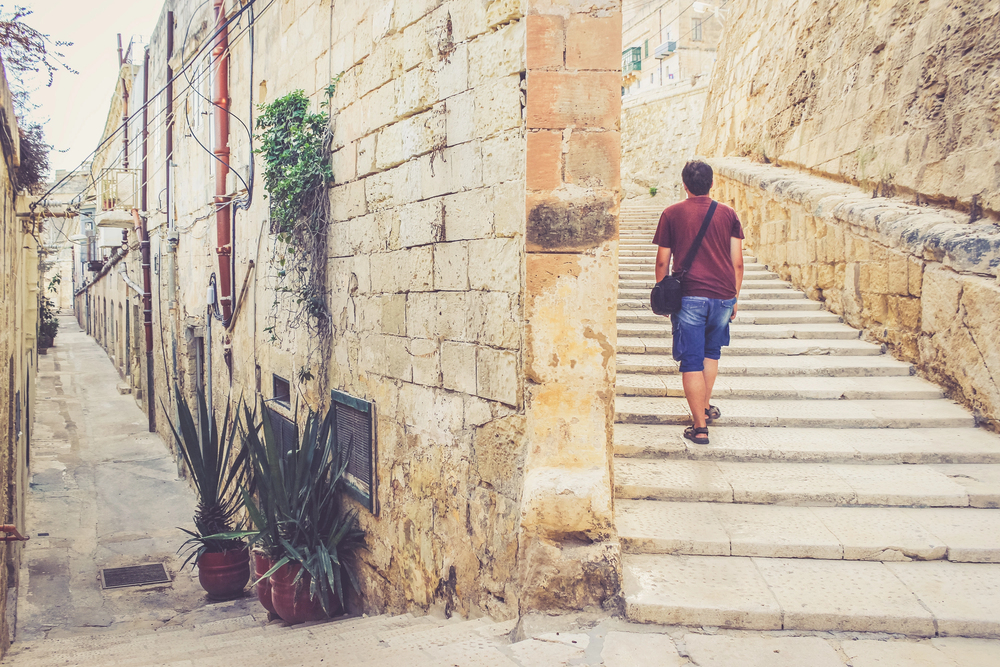
The Atlas Mountains continue to captivate travelers just as they did the medieval merchants who crossed these peaks with caravans loaded with gold and spices. Today’s adventurers might carry GPS devices instead of star charts, but the mountains themselves remain largely unchanged. The same springs that refreshed ancient travelers still flow, the same dramatic vistas still inspire awe, and Berber families still welcome visitors with mint tea and warm hospitality. These 16 destinations represent just a sampling of what awaits in Morocco’s most magnificent mountain range, where every valley holds stories and every peak promises new perspectives on this timeless landscape.
More from Travel Pug

- 20 Best Beach Towns in the Carolinas
- 13 Destinations Where Tourists Regularly Regret Their Trip
- 20 Things You Actually Get in First Class
- 20 Small Airports With Aviation Museums
- 20 Places in the U.S. That Are Perfect for a Reset Trip
Like Travel Pug’s content? Follow us on MSN.
